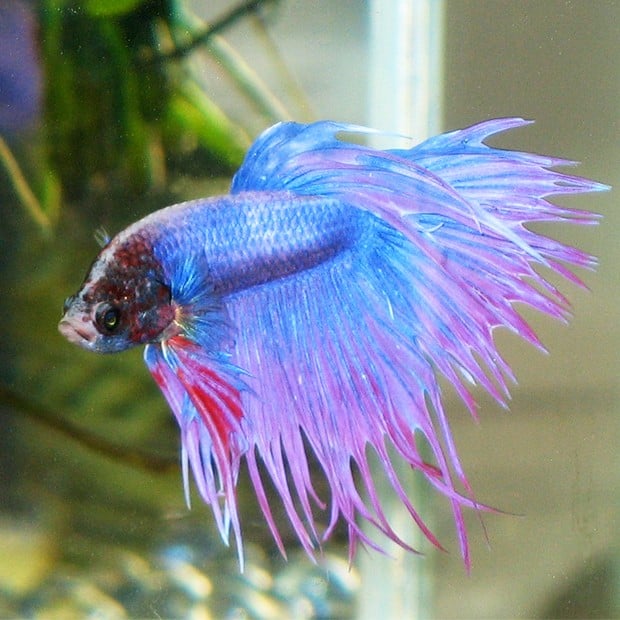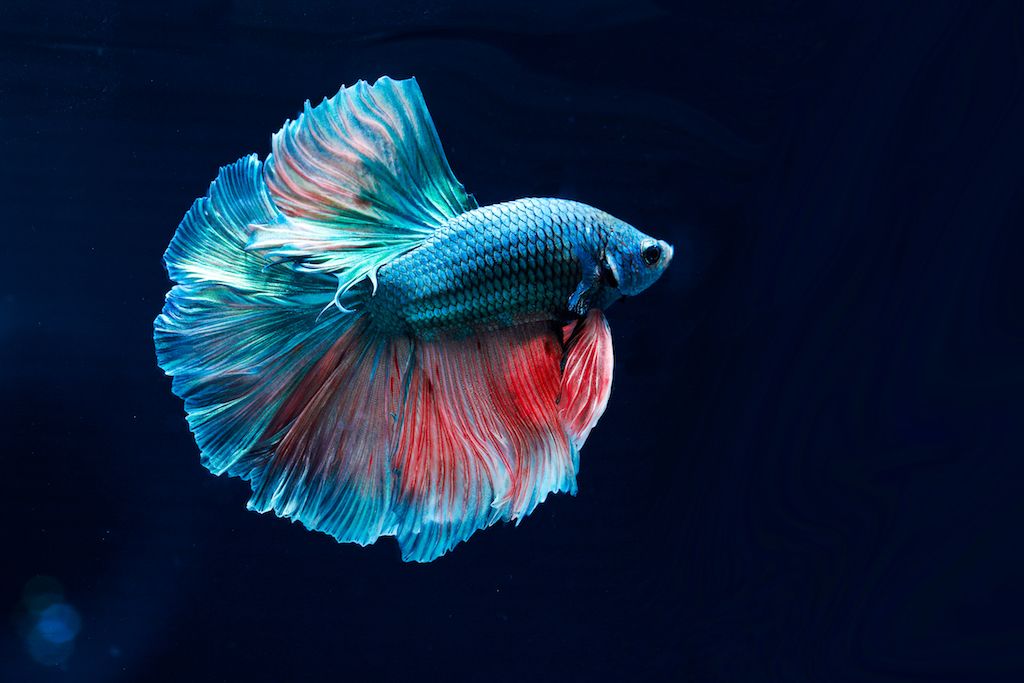Reproducing Betta Fish: a Comprehensive Step-By-Step Guide to Efficiently Raising Child Bettas From Eggs to Adulthood
Reproducing Betta fish is a meticulous venture that needs careful planning and implementation to make certain the successful advancement of fry from eggs to develop fish. Selecting genetically diverse reproduction couple with desirable characteristics is just the beginning; developing an optimum atmosphere and recognizing the complexities of the reproducing process are just as important. As the male Betta faithfully constructs a bubble nest and guards the valuable eggs, the succeeding phases of care and change need attention to detail and expertise of ideal methods. Exactly how does one navigate the tough yet satisfying course of supporting these lively animals to adulthood?

Selecting Breeding Pairs
When beginning on the trip of reproducing Betta fish, picking the appropriate breeding sets is essential to accomplishing desirable qualities and a healthy and balanced family tree - betta fish. The very first step in this procedure is to identify the particular traits you wish to enhance or protect, such as color, fin type, and physique. It is vital to choose genetically varied pairs to stay clear of inbreeding, which can result in health and wellness concerns and unfavorable features
Assess potential reproducing candidates carefully. A healthy and balanced male Betta needs to display lively colors, an active temperament, and well-formed fins, while the lady must likewise display dynamic coloration and a rounded stomach, showing readiness for spawning. Observing the personality of both fish is essential, as hostile or extremely timid individuals may not reproduce effectively.
Maintaining records of the parent fish's ancestry can help you track genetic qualities and possible concerns. Ultimately, investing time in the choice process will considerably boost the possibility of creating solid, vibrant children that meet your reproduction objectives.

Preparing the Reproduction Container
Producing an optimum reproduction environment is an essential step after choosing appropriate sets for Betta fish. The breeding container need to be particularly designed to offer convenience and promote the all-natural breeding habits of the fish. Beginning with a container dimension of at the very least 10 gallons to ensure ample area for both the male and female Bettas.
Keep a gentle filtration system to maintain the water tidy while preventing solid currents that can worry the fish. Additionally, an air stone can be included to provide oxygenation without interfering with the water surface area excessive.
Temperature level policy is vital; go for a stable series of 78-82 ° F(25-28 ° C) making use of a dependable heating system. The pH level need to be preserved in between 6.5 and 7.5, and routine water adjustments are required to make sure high water top quality.
Include drifting plants or generating mops to produce concealing places for the woman, while additionally urging bubble nest structure by the Read Full Article male - betta fish. Ultimately, make sure the storage tank is without sharp decorations and any kind of possible risks, as the welfare of the fish ought to constantly be prioritized during this essential phase of breeding.
The Breeding Process
Normally, the reproducing process for Betta fish entails a collection of unique and observable behaviors that indicate preparedness for recreation. The male Betta starts by constructing a bubble nest at the water's surface area, which works as a site for the fertilized eggs. This nest is vital, as it offers a risk-free atmosphere for the eggs up until they hatch.
As soon as the nest is developed, the man will show courtship actions, such as flaring his fins and showing vibrant shades to attract the lady. The female, upon noticing the man's readiness, will react by displaying upright stripes along her body, indicating her receptiveness.
The fed eggs after that drop to the bubble nest, where the male thoroughly collects and returns them to the nest. Following this, the male thinks obligation for securing the nest and making certain the security of the eggs until they hatch out, typically within 24-36 hours.
Caring for Betta Fry
Caring for Betta fry requires careful interest to their setting and nourishment to ensure Get the facts healthy development and advancement. After hatching out, Betta fry are exceptionally little and at risk, necessitating a secure and clean environment.
Feeding Betta fry is similarly important. Feed them little quantities several times a day, being cautious not to overfeed, which can lead to water top quality concerns.
Transitioning to Adult Bettas
As Betta fry fully grown, transitioning them to adult Bettas is a vital stage that needs mindful management of their environment and social interactions. This process normally starts when the fry reach around six weeks old, at which point they can be slowly introduced to a much more organized living atmosphere.
To promote this transition, it is necessary to make sure that the water specifications-- such as temperature level, pH, and ammonia degrees-- are optimum and secure. Adult Betta fish prosper in cozy water (around 78-80 ° F) with a pH of 6.5 to 7.5. Gradually accustom the fry to these problems to reduce anxiety.
Social communications are one more crucial factor; male Bettas are notoriously territorial and aggressive. As a result, it is a good idea to separate males into specific tanks click here for info as they mature. Female Bettas can be housed together, yet treatment needs to be required to check for indicators of aggression.
Furthermore, dietary changes need to be made as the fry grow. Integrate top notch pellets and live foods to sustain their growth and health. By taking care of these elements properly, you can advertise an effective transition to their adult years for your Betta fish.

Verdict
Effective breeding of Betta fish requires cautious attention to detail throughout the entire process, from selecting genetically diverse pairs to supplying optimum take care of fry. By ensuring appropriate reproduction conditions and maintaining water top quality, the likelihood of healthy and balanced spawn increases substantially. In addition, a well balanced diet plan and progressive adjustment to adult environments are essential for the growth and growth of Betta fish. Complying with these actions faithfully promotes a flourishing population of Betta fish, improving both their health and wellness and vitality.